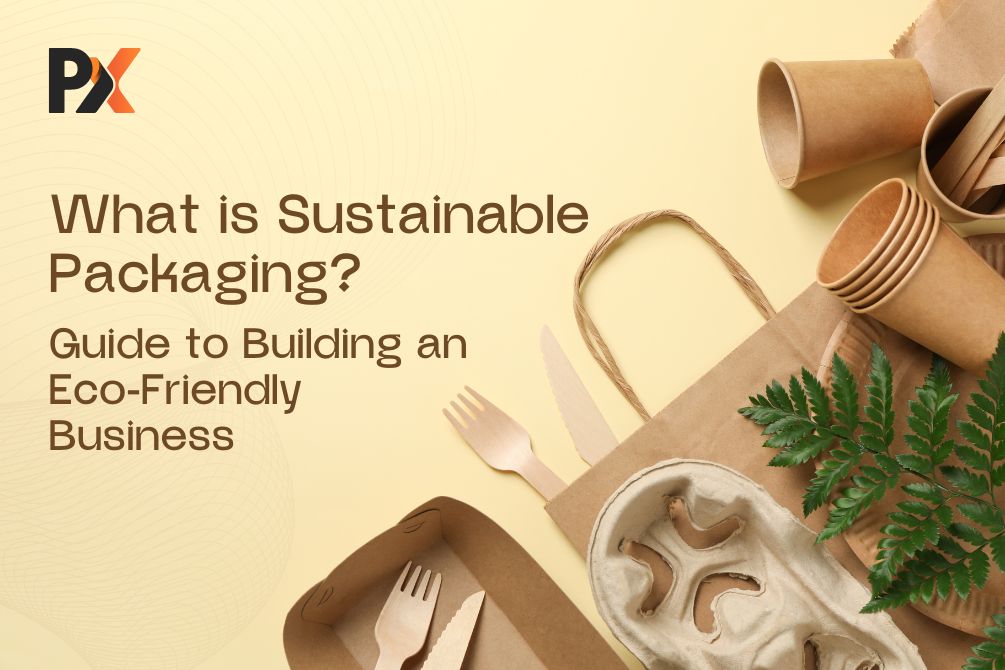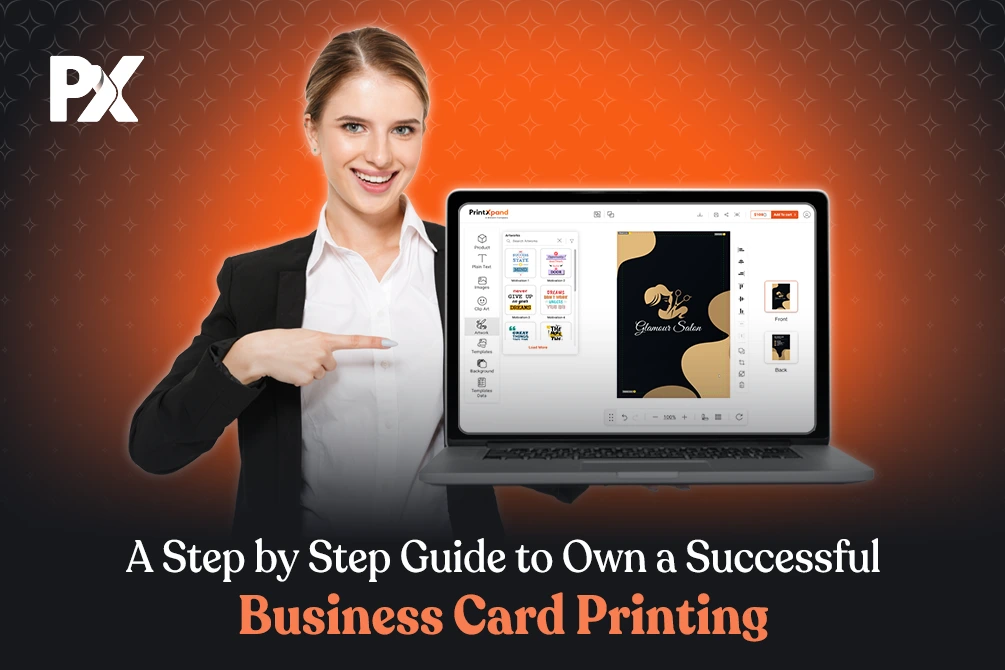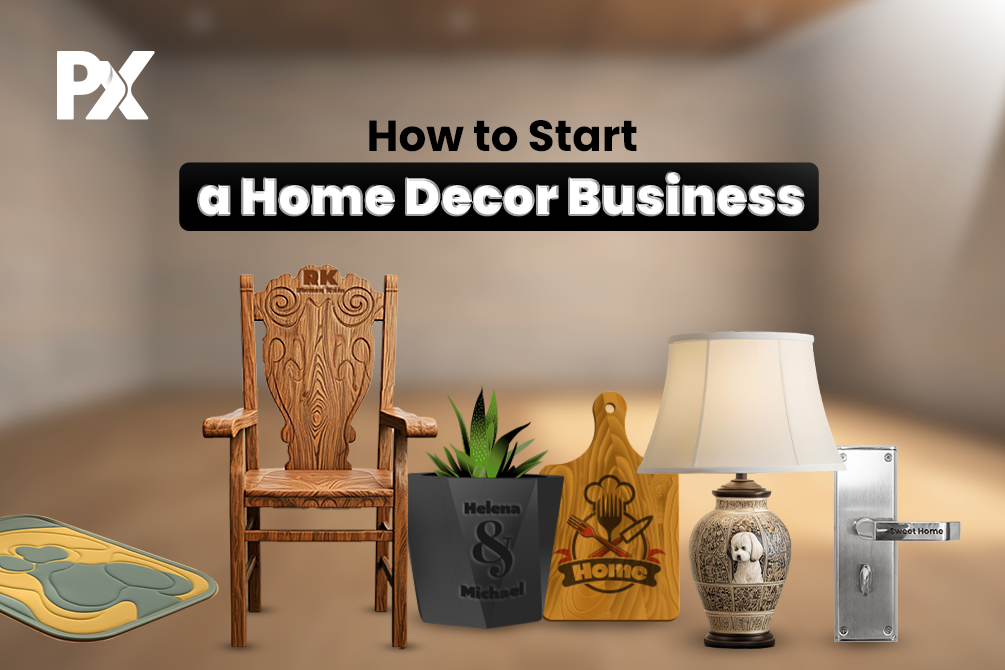Summary
Sustainable packaging is becoming increasingly crucial among common people. As awareness of environmental problems grows, customers prefer eco-friendly alternatives.
Some research shows that 37% of USA-based customers care about sustainability before purchasing.
The change in consumer behavior encourages companies to reevaluate their packaging strategies.
McDonald’s will ensure that, by the year 2025, 100% of its packaging is recycled and produced from renewable or recycled materials. Having such an initiative in one particular field, where one megatrend is sustainability, this one may be indicative of many burning issues, in fact, linked to the subject.
This will minimize the environmental impact by ensuring the materials used and the methods employed are either biodegradable or recyclable in eco friendly packaging.
Many companies face packaging challenges, such as high transportation costs, long and confusing workflows, labor shortages, etc. Balancing sustainability with functionality and aesthetics is crucial for the industry’s growth and long-term success.
The following blog will explain what is sustainable packaging and why sustainable packaging is an indispensable effort to make planet Earth a good place to live.
What is Sustainable Packaging?
Sustainable packaging refers to materials and practices with little or no environmental consequences throughout the product life cycle.
Its focus is mainly on reducing waste, resources, and carbon emissions. This packaging can be produced from renewable, recyclable materials, such as recycled paper, bamboo, and even bioplastics.
The whole world is producing and throwing away into its oceans nearly 8 million metric tons of plastic waste annually, believe it or not, thus putting at risk marine life. This eco friendly packaging struggles against its promotion of compostable, recyclable, and reusable materials.
This is supported by the rapidly rising trend of brand-making of sustainable packaging, forecasted to touch $205 billion by 2025. In other words, choosing eco friendly packaging is one way the populace ensures that the earth is a better place for future generations.

Types of Sustainable Packaging
Let us understand various types of sustainable packaging in detail:
1. Recyclable
The term “recyclable packaging materials” indicates those that can be collected and reprocessed into new products.
Paper, cardboard, glass, aluminum, and diverse forms of plastic are examples of materials. By using recyclable packaging, entities can reduce waste and avoid much of the harm that waste causes to the environment.
For instance, a carton of cereals, usually made of cardboard that can be recycled, is collected and taken in the recycling process to further process and manufacture it into new cardboard packaging. A glass container may also be recycled into another bottle or several other products, like glasses.
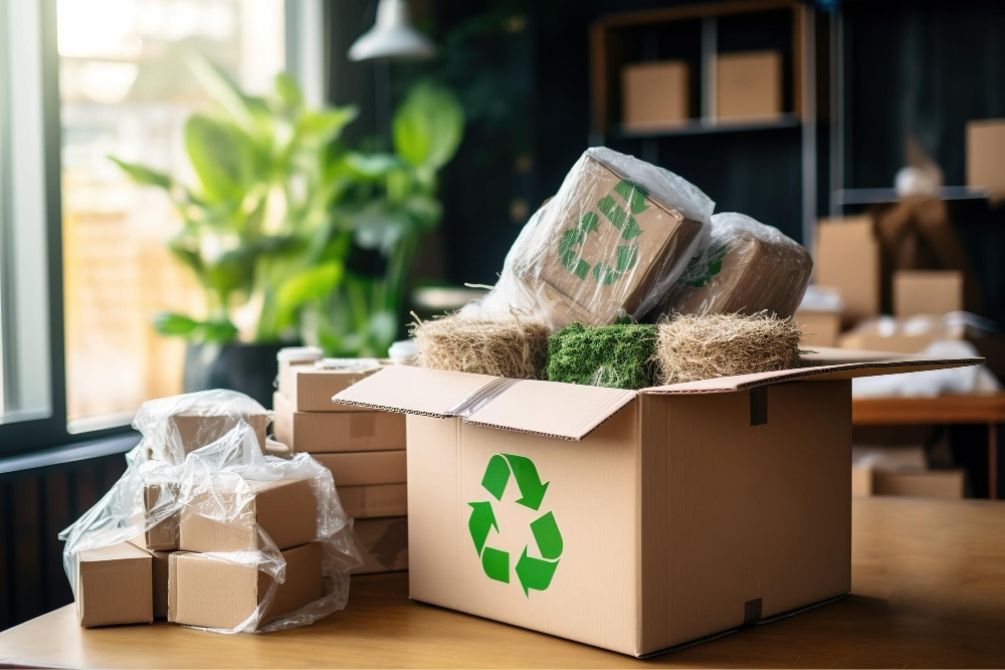
2. Biodegradable
Biodegradable means a kind of material that can be decomposed naturally under microorganisms like fungi or bacteria. In the line of sustainable packaging, those materials are biodegradable and degrade and decompose, having the least impact on the environment.
To explain it with an example, packaging manufactured from sugarcane fibers or cornstarch can decompose into natural elements, eliminating harmful residue. This results in less waste in landfills and reduced pollution.
Brands such as Pela Case manufactured phone cases from biodegradable materials, which break down in composting conditions. Biodegradable packaging assists in preventing resources and reducing ecological footprint, making it a key element of sustainable practices.
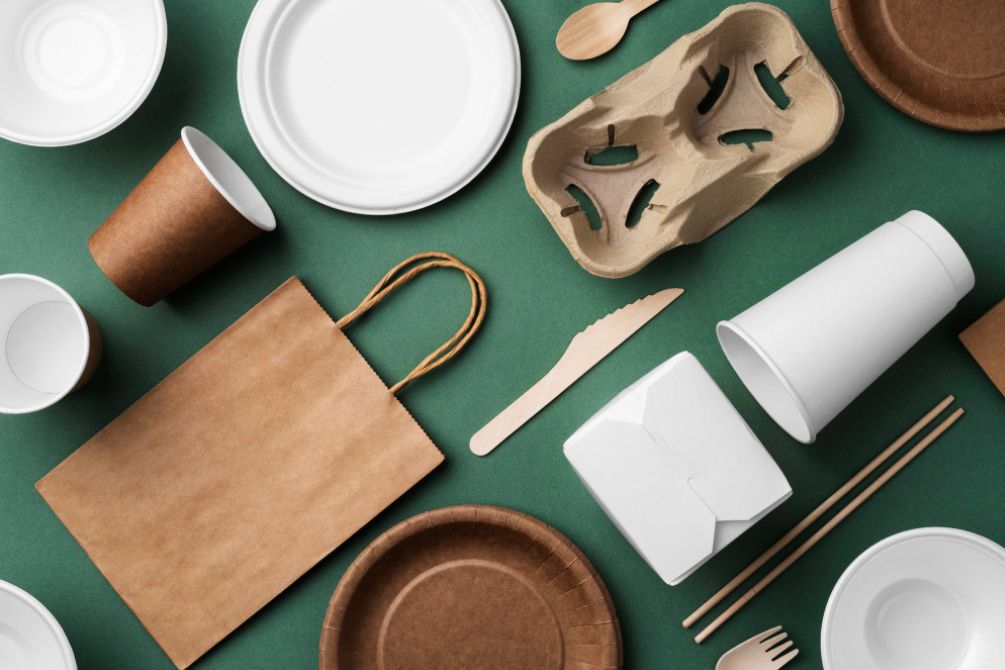
3. Compostable
Compostable packaging means using things that may eventually break down in a compost environment to yield constituent materials with no toxic residue. So, such materials are gaining popularity in the name of green packaging.
It is a byproduct of corn. Most companies now use food packaging made from this bio-based plastic, which can be easily disposed of with food waste. Compostable materials break down into nutrient-rich, earthy-smelling garden compost and contribute to land health by avoiding unnecessary garbage accumulation.
NatureFlex, for example, uses packaging films made of compostable wood pulp, since it is a renewable source of the same.
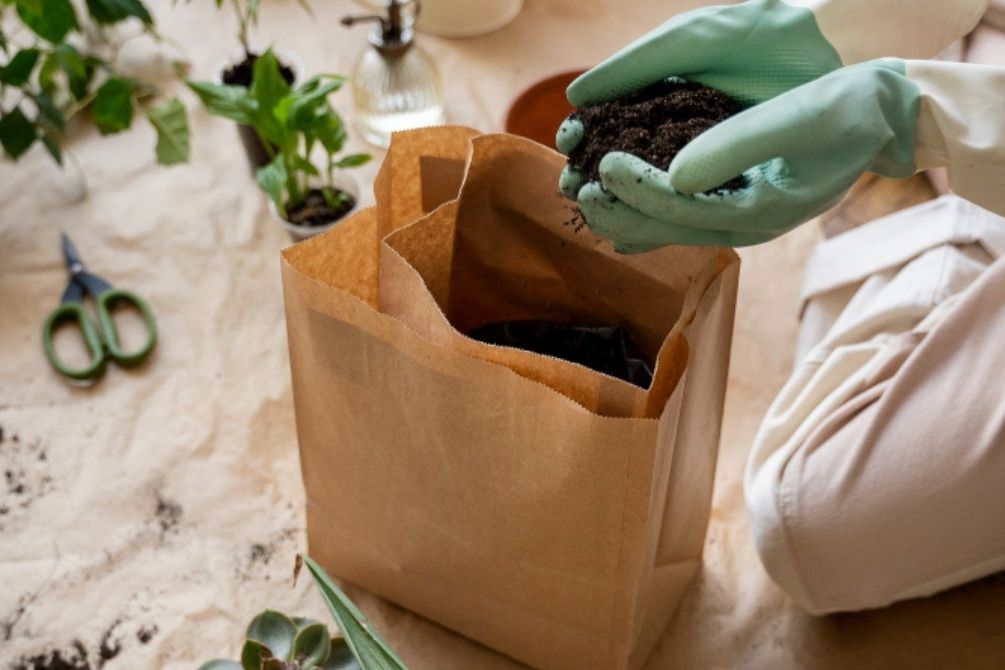
Packaging comes in different shapes & sizes.
Do you want to explore them & understand which best suits your business needs?
Why is Sustainable Packaging Important?
Sustainable packaging provides a foundation for environmental protection because it helps to eliminate pollution associated with non-sustainable materials, such as plastic.
It preserves natural habitats and other resources with the use of materials that are renewable and can be recycled.
Additionally, fighting climate change is another aspect of eco friendly packaging. It reduces greenhouse emissions and other wastes during its production and disposal process.
Moreover, it meets the desire for eco-friendly products, enhancing the reputation of businesses focusing on sustainability.
In simple terms, environmentally friendly packaging ensures that the planet will be left in safe hands for future generations.
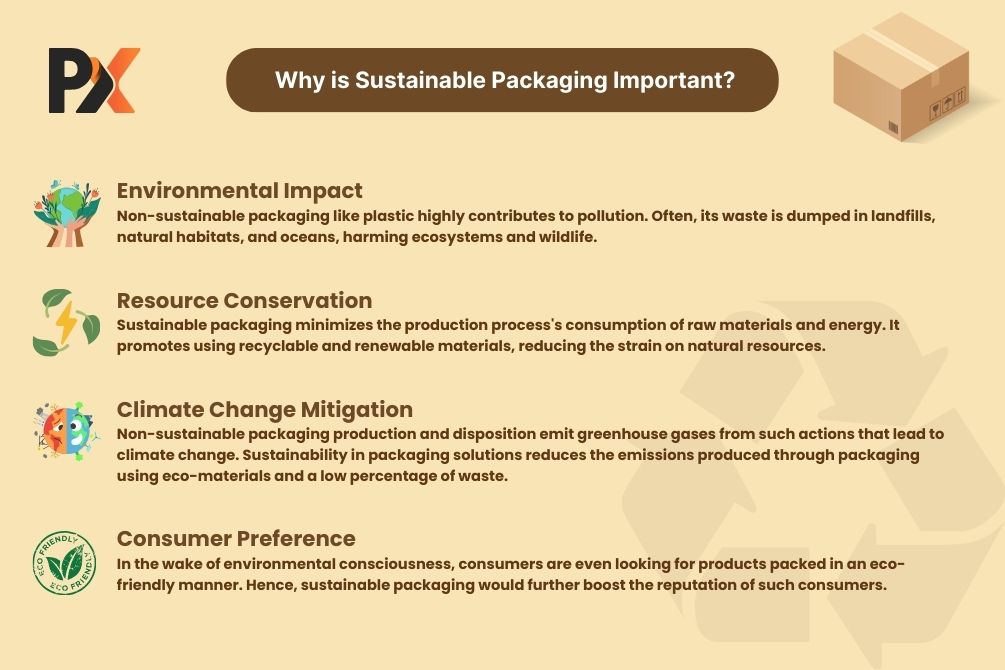
Is it Profitable to Sell Environmentally Friendly Packaging?
With an increased level of environmental awareness, the demand for such goods or products would also be higher, which could be more environmentally sustainable. In addition, this would increase the company’s profit margin in selling environmentally friendly packaging.
Eco-friendly packaging provides companies with a competitive edge by attracting environmentally-conscious customers.
The cost-saving leads to minimizing the usage of material and the resultant waste. Further, sustainable packaging can uplift the brand’s goodwill in the eyes of eco-customers, who can also retain their customers in the loyal sense of patronizing their goods.
It also meets organizational social responsibility objectives, drawing partners and investors. In brief, using eco friendly packaging benefits the planet and has a long-term upside for the business’s bottom line.
Give your customers the power of customization, gain a competitive edge over your rivals, and see your business grow!
How to Start Eco Friendly Packaging Business?
Building an eco-friendly packaging business is a worthwhile project. Here are some steps to get you started.
1. Market Research
The first step in starting an eco-friendly packaging business is to research the market seriously. This includes, but is not limited to, the sustainable packaging demand level in your target market area, competitor offerings, and distribution, including pricing of product distribution channels.
In addition, the needs and preferences of the target market always have to be identified while customizing the offerings accordingly.
It will provide you with the information through which you could develop a strategic plan, which will definitely help put your eco-friendly packaging solutions effectively in such a manner that it meets the needs of environmentally cautious customers.
2. Business Plan
After you have done market research, you have to devise a brilliant business plan. At this point, you must draft a business model for eco-friendly packaging with detailed information on the eco friendly packaging options you will offer.
It may also involve biodegradable packaging, recycled plastic packaging, or any pattern and branding the package offers.
You also must develop the sales and marketing strategies that may be used within the target market of similar products using social media, forums covering eco-friendliness, and creating partnerships among different “green” brands.
Second, is the development of a financial plan that identifies projected start-up costs and revenues from sales while at the same time identifying possible funding sources, such as loans and investors.
3. Product Development
If you intend to begin an eco-friendly packaging business, you will need to invest much time in researching and finding suppliers that deal with the kind of biodegradable raw materials you will use. Key materials to be considered include recycled paper, biodegradable plastics, and compostable materials, which will help you maintain a focus on sustainability.
You would then need to test these materials very carefully to ensure they meet quality standards for many types of products.
When using a web-to-pack tool to design packaging, ensure that sustainability, coupled with an aesthetic appeal to your target audience, is well observed. Moreover, a web-to-print MIS/ERP system can streamline operations, reduce waste, and enhance customization, making it an ideal tool for starting an eco-friendly packaging business.
4. Legal and Regulatory Compliance
If you start an eco-friendly packaging business, ensure that you adhere to all the certification and regulatory requirements needed in your region. This will ensure that your packaging material meets the required environmental standards.
You have to take all the required permits and licenses in your operations, which are allowed by law. Additionally, your brand needs to observe the laws of waste management in a way that it does not bring damage to the environment.
Follow this series of actions, and you will follow the law, where your packaging shall testify to your commitment to sustainability.
5. Supplier Relationships
Once you are done with the legal compliance for running your eco-friendly packaging business, you should get down to establishing firm connections with a supplier of sustainable materials.
You must ensure that competitive prices, quality, and delivery schedules are established for securing operation and economy through fair deals.
Also, the local or sustainable suppliers you consider partnering with would further assist in minimizing the level of emissions associated with transportation. In other words, this helps align such an initiative with the eco-conscious business goal.
Prioritizing these supplier relationships is part of a strategy to build the business without compromising the enterprise’s commitment to environmental sustainability amidst market demands.
Environmentally friendly packaging Examples
The field of sustainable food packaging abounds with creative and efficient examples that prove the industry’s commitment to being ecologically friendly. Such examples demonstrate the successful implementation of sustainable packaging solutions and inspire businesses to take a similar approach. Here are some examples of eco-friendly packaging solutions:
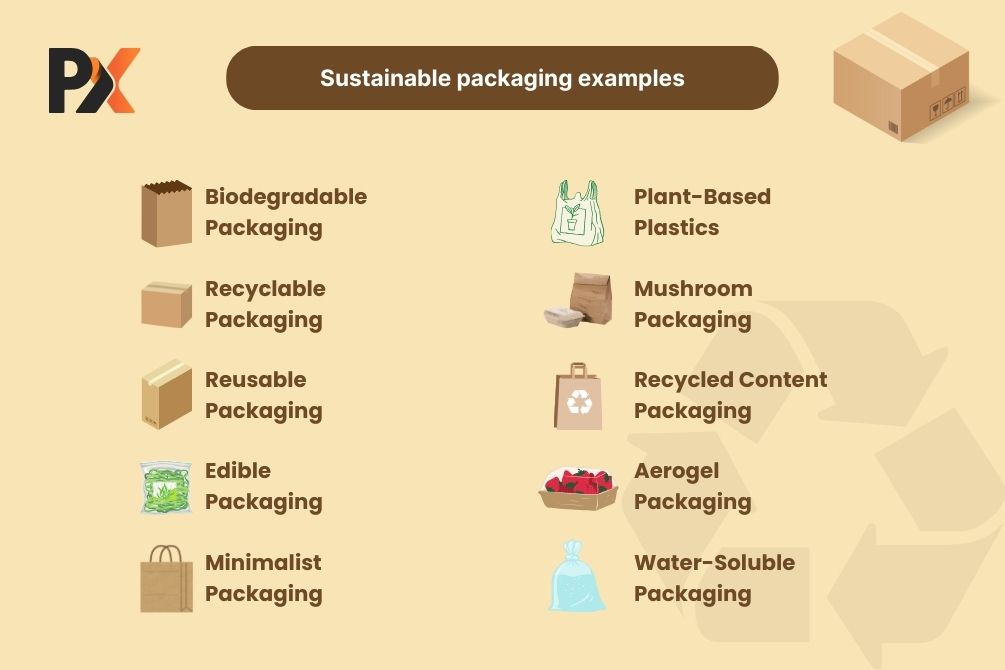
Conclusion
In conclusion, sustainable packaging reduces environmental impacts. It can produce less waste using recycled paper and biodegradable plastics while conserving resources during product production and distribution.
This move to green packaging would allow companies to become big supporters of the planet and could increase their appeal to eco-conscious customers. For instance, eco friendly packaging is usually achieved between governments, industries, and customers.
Sure enough, the difference will come through responsible individual choices influencing speaking out for practical sustainability. Let’s collaborate towards a greener future with packaging that safeguards our planet for generations. Are you planning to launch your own web to pack estore like Packly? Get in touch with our expert today for step-by-step guidance.
All product and company names are trademarks™, registered® or copyright© trademarks of their respective holders. Use of them does not imply any affiliation with or endorsement by them.
FAQs
What is the material of sustainable packaging?
Sustainable packaging materials are typically derived from renewable sources like cornstarch, bamboo, or sugarcane. These materials are chosen for their lower environmental impact compared to traditional plastics.
How does sustainable packaging help a business?
Implementing environmentally friendly packaging can significantly enhance a business’s environmental credentials while appealing to consumers who prioritize eco-friendliness. This helps cut operational costs by reducing waste and resource usage and boosts the company’s image as an environmentally responsible brand.
What are the 5 R's of environmentally friendly packaging?
The 5 R’s of sustainable packaging include Reduce, Reuse, Recycle, Renew, and Rethink. These principles focus on waste reduction, resource conservation, and promoting the use of eco-friendly packaging materials and practices.
How can I make my packaging eco-friendly?
Consider using recycled materials like paper or cardboard to make packaging more eco-friendly. Opting for simpler designs can minimize ink use, and choosing biodegradable or compostable materials will further reduce environmental impact.
